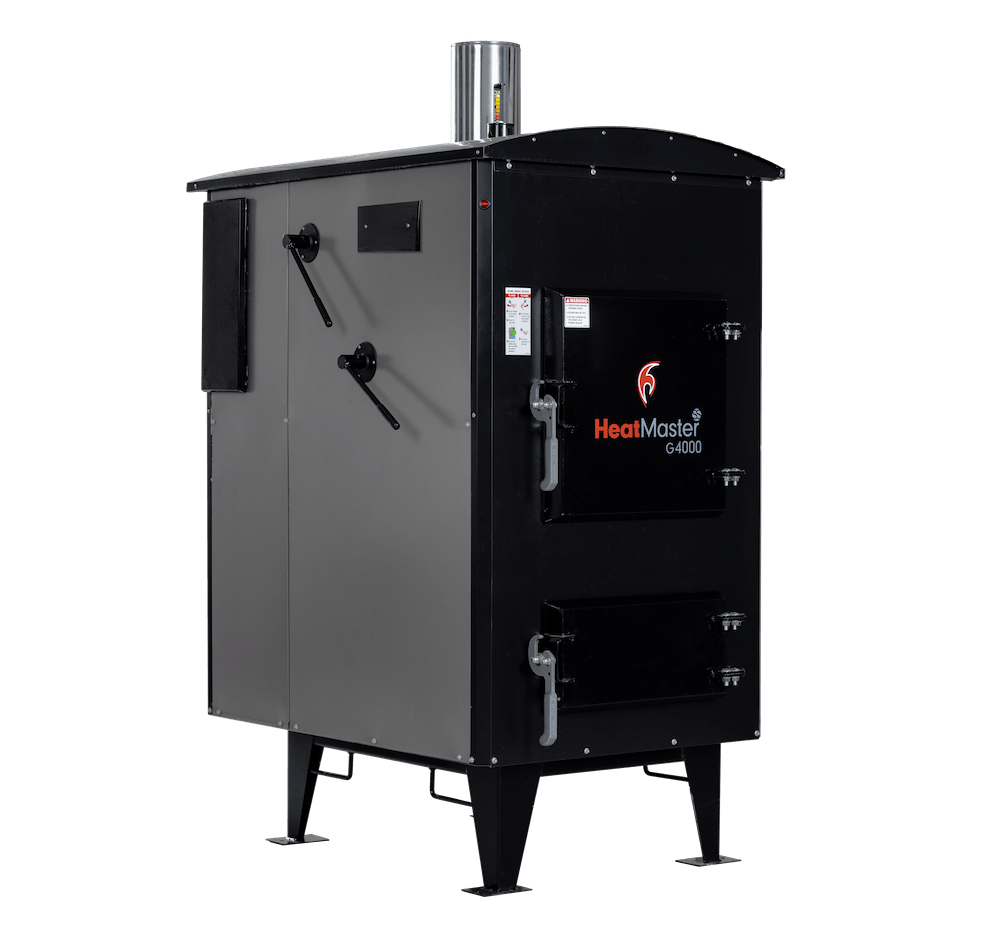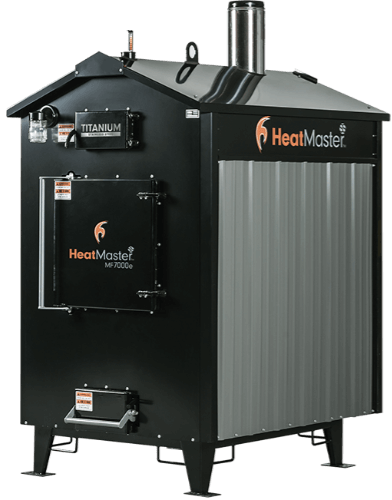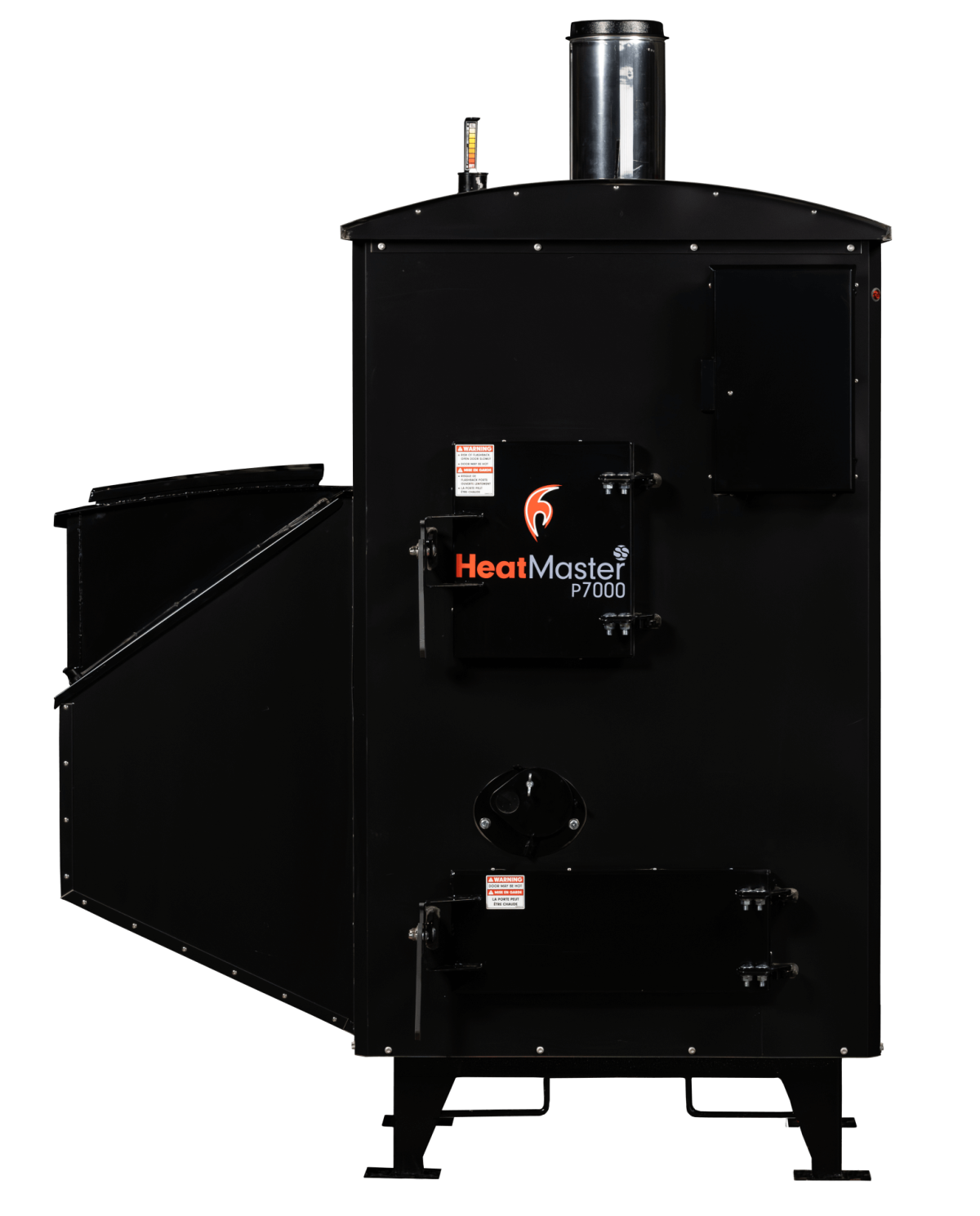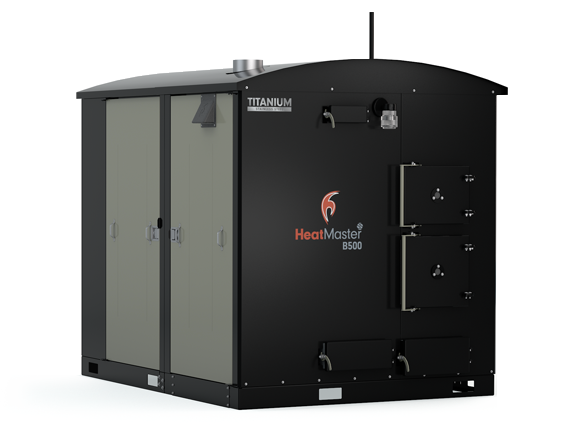Heating with Wood: Ins and Outs of an Outside Wood Burner
Humans have been heating with wood for a good long time. Since that first fire, we have only improved our wood heating systems and increased our knowledge on the best wood to burn for heat. Industry experts know there are many advantages to heating with wood – renewability, sustainability and efficiency, but not all wood – or wood burners – are created equal.
Gasification vs Wood Stove
Wood stoves are no stranger to most of us – the toastiness, the glow, the mess on the hearth.
Wood stoves produce smoke and leave behind ash that needs to be cleaned and disposed of regularly. All that smoke and ash can also represents untapped energy that could be used more efficiently.
Gasification boilers or outdoor wood furnaces use a three step process that uses more of that untapped energy and results in less wasted fuel and more heat from your wood.
Types of Wood
Wood fuel is great, especially if you have easy access to firewood on your property. But not all wood is created equal. Two factors determine if a wood is good to burn or not — water and density.
Hardwoods, with their low sap content and high density make the best types of firewood. Softwood burns faster and produces less heat. However, that isn’t the full picture. Some woods also have a naturally higher heat value than others that are improved by seasoning.
Seasoning Your Wood for High Efficiency
Seasoning your wood – or drying the wood before burning – is one of the most important things you can do. Moisture content plays a role in how a type of wood burns. Because of its high moisture content, green wood – or undried wood – is pretty inefficient to burn. At 50 percent moisture content, green wood is pretty wet.
While it is possible to burn green wood in an outdoor boiler, the energy you get out of it will be decreased because much of the heat produced is used to evaporate the water. It also causes creosote to build up. Drying wood before use will reduce moisture content to the ideal 20 to 25 percent level. Hardwoods can take a year to season, oak typically takes two years. Softwoods, however, can take anywhere from 4-6 months.
Best Woods to Burn for Heat
Woods that have high heat value and produce the equivalent of 200 to 259 gallons of fuel oil or between 32,000 and 20,000 BTUs of heat per cord are:
- American Beech
- Apple
- Ironwood
- Maple
- Cherry
- Mesquite
- Shagbark Hickory
- Red Oak
- White Oak
- White Ash
- Yellow Birch
Woods in the medium range that produce the equivalent of 100 to 150 gallons of fuel oil or between 20,000 and 16,000 BTUs per cord are:
- Aspen
- Cottonwood
- Hemlock
- Lodgepole pine
- Red Alder
- Sitka Spruce
- Wester Red Cedar
- Redwood
- White Pine
It takes more BTUs to keep the temperature inside your home at 72 degrees on a 32 degree day than when it is 55 degrees outside. It is often a good idea to plan to have some high heat value wood for the dark days of winter while using medium heat value wood for spring and fall when the outside temperatures are more mild.
What is a Cord of Wood
A cord is a measurement that will tell you how much you have in a stack. One cord of wood is equal to 128 cubic feet. Typically, a cord is a neat stack – no loose piles! – about 4 feet wide and 4 feet tall and 8 feet long. To calculate a cord of wood simply multiple width x height x length and divide by 128 and that will tell you how many cords you have. Knowing how much wood is in a full cord and how to measure will help you know if you are getting what you paid for or how to plan for winter.
How Much Wood Does an Outdoor Boiler Use?
With an outdoor boiler and the super efficient gasification process you can keep your house warmer with less wood. So how much wood should an outdoor boiler use? The answer: it depends.
The heat load on your boiler is going to be a big factor on how much wood you will use in a season but there are few other factors to keep in mind when calculating.
For example, a home that is roughly 3000 square feet at an average temperature 72 degree with radiant floor heat and hot water and has 161 heating days may roughly use 9 cords of wood. Of course, every home or business situation will vary.
The HeatMasterss Advantage
Taking control of energy costs, saving time, and less hassle are the top reasons people consider an outdoor furnace. HeatMasterss outdoor furnaces offer fuel flexibility and give you the freedom from fluctuating fossil fuel prices. Our G Series is built for quality, efficiency, and performance in the real world.
HeatMasterss furnaces are designed with the features, advantages, and benefits that are right for you, your lifestyle, and your independence. With longer burn times and reduced creosote, our outdoor furnaces are built to give optimal performance in all conditions. We use Titanium enhanced 409 stainless steel that resists corrosion, transfers more heat, and doesn’t crack or warp.
The HeatMasterss team is continually finding ways to improve our outdoor furnaces to give you unlimited heat and hot water for any sized space and application. Contact our team or find a local authorized HeatMasterss dealer to discuss the advantages of an outdoor wood furnace and which fuel types are right for you.




